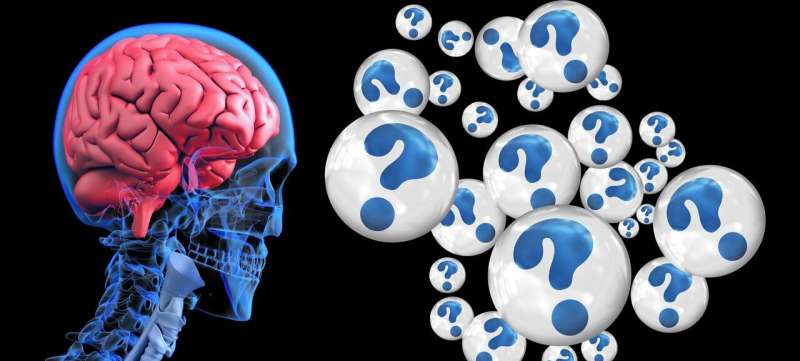Genetic Circuit Insights Reveal How Cells Migrate in Aggressive Brain Cancer

New research uncovers how the YAP-TRIO genetic circuit drives cell migration in glioblastoma, offering potential targets for therapy and better prognosis tools.
Recent research has shed light on the molecular mechanisms that enable aggressive brain cancer cells to migrate and invade healthy tissues. Scientists from Yale University and the Mayo Clinic have identified a genetic circuit involving the mechanical sensor molecule YAP, which activates the TRIO protein. This activation triggers a switch in Rho GTPase activity, promoting cell movement and invasion.
Most cells in the human body remain stationary, fulfilling their roles within specific organs. However, in the case of aggressive cancers such as glioblastoma, cells acquire the ability to rapidly migrate, leading to tissue destruction and high mortality rates. Understanding what drives this cell invasion is crucial for developing targeted therapies.
In their study, researchers analyzed cells from patient tumors, discovering that YAP plays a pivotal role in controlling cell migration by activating TRIO. This discovery fills a key knowledge gap in the molecular circuitry behind tumor invasiveness. Based on these findings, the team developed a gene-based prognostic signature to better predict patient survival and suggested TRIO as a potential target for new treatments.
Glioblastoma is a highly lethal cancer with an average survival of just 12 to 18 months post-diagnosis, and a mere 5% of patients surviving beyond five years. The collaboration between Yale’s Systems Biology Institute and Mayo Clinic's Neurologic Surgery department involved experiments directly on tumor cells extracted from patients, providing insights into how these cells manipulate molecular pathways to invade tissue.
These findings pave the way for improved prognostic tools and targeted therapies, aiming to slow disease progression and enhance patients' quality of life. Continued research into the YAP-TRIO pathway may lead to breakthroughs in treating this devastating brain cancer.
Stay Updated with Mia's Feed
Get the latest health & wellness insights delivered straight to your inbox.
Related Articles
Artificial Intelligence Enhances Colonoscopy Evaluation for Crohn's Disease
AI technology improves the accuracy and objectivity of Crohn's disease assessment during colonoscopy, offering promising tools for better disease management and research.
Innovative Techniques Enhance Preservation of Hearts for Transplantation
Advances in heart preservation techniques are promising to increase the number of usable donor hearts, potentially saving thousands of lives affected by heart failure.
The Truth About Staying Healthy During Air Travel
Discover essential tips to stay healthy during flights, including managing cabin environment, hydration, preventing blood clots, and handling travel stress for a safer journey.



